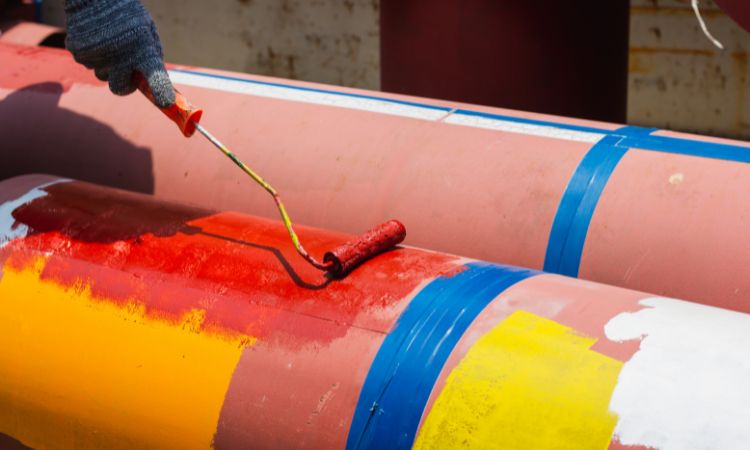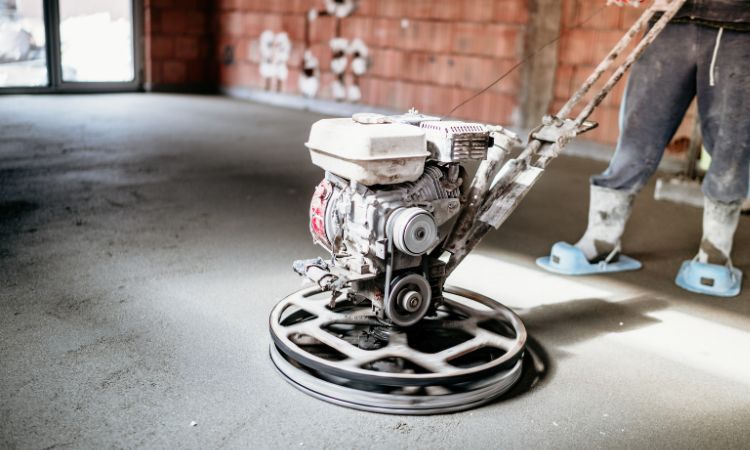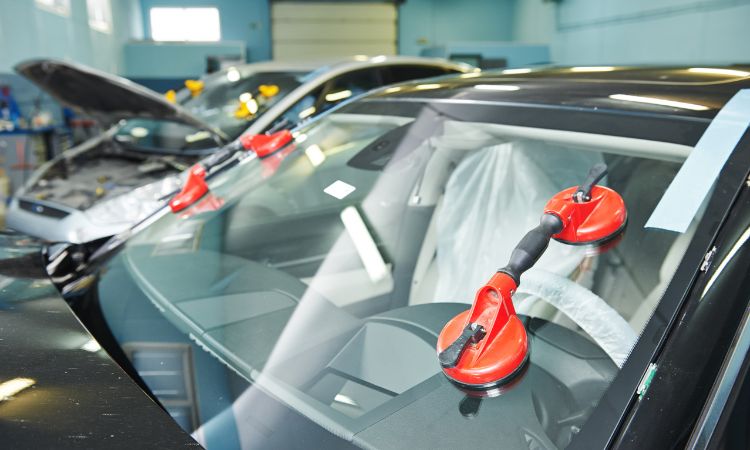
In recent years, 3D printing has emerged as a game-changer in various industries, including jewelry production. This innovative technology offers a myriad of benefits, revolutionizing traditional manufacturing processes and unlocking new possibilities for designers and manufacturers in the jewelry sector.
In this comprehensive guide, we’ll delve into how 3D printing is reshaping the landscape of jewelry production, from design conception to final product delivery.
1. Design Flexibility and Creativity:
One of the most significant advantages of 3D printing in jewelry production is the unparalleled design flexibility it offers. Unlike conventional methods that may impose limitations on intricate designs and complex geometries, 3D printing enables designers to unleash their creativity without constraints.
By leveraging advanced CAD (Computer-Aided Design) software, designers can conceptualize and refine intricate jewelry pieces with precision, pushing the boundaries of traditional craftsmanship.
This level of design freedom empowers jewelers to create truly unique and personalized pieces that cater to diverse customer preferences, ultimately driving innovation in the industry.
2. Rapid Prototyping and Iteration:
Traditionally, the jewelry design process involves multiple iterations and prototyping stages, which can be time-consuming and costly. However, with 3D printing, designers can rapidly prototype their designs with minimal lead time and cost.
By translating digital designs into physical prototypes swiftly, jewelers can accelerate the product development cycle, allowing for faster iterations and refinement.
This agile approach not only speeds up time-to-market but also facilitates seamless collaboration between designers, manufacturers, and clients, fostering a more iterative and responsive design process.
3. Customization and Personalization:
Consumer demand for personalized and bespoke jewelry continues to rise, driven by a desire for individuality and self-expression. 3D printing technology is perfectly poised to meet this demand by enabling mass customization at scale.
Through parametric design techniques and digital customization tools, jewelers can offer customers the ability to tailor jewelry pieces according to their unique preferences, such as size, style, and gemstone selection.
Whether it’s a custom engagement ring or a personalized pendant, 3D printing empowers customers to co-create their dream pieces, resulting in a more meaningful and intimate jewelry-buying experience.
4. Complex Geometries and Intricate Details:
The intricate and delicate nature of jewelry design often requires meticulous attention to detail and precision craftsmanship. Traditional manufacturing techniques may struggle to reproduce intricate geometries and fine details accurately. However, 3D printing excels in capturing even the most intricate designs with exceptional precision and consistency.
Whether it’s intricate filigree patterns, organic shapes, or lattice structures, 3D printing technology can faithfully reproduce these complex geometries with ease, pushing the boundaries of what’s possible in jewelry design. This capability opens up a world of design possibilities, allowing jewelers to create awe-inspiring pieces that were once thought impractical or unattainable.
5. Material Innovation and Versatility:
Another key advantage of 3D printing in jewelry production lies in its versatility and compatibility with a wide range of materials. While traditional jewelry-making materials such as precious metals and gemstones remain popular choices, 3D printing enables jewelers to explore new materials and alloys that offer unique properties and aesthetics.
From biocompatible resins for medical jewelry to high-performance metals for avant-garde designs, the versatility of 3D printing materials allows for experimentation and innovation in jewelry production.
Additionally, additive manufacturing processes such as Selective Laser Melting (SLM) and Direct Metal Laser Sintering (DMLS) enable the direct production of metal jewelry components, bypassing the need for traditional casting methods and minimizing material waste.
6. Sustainable Manufacturing Practices:
As sustainability becomes an increasingly important consideration for consumers and businesses alike, 3D printing offers a more environmentally friendly alternative to traditional manufacturing processes.
Unlike subtractive methods that generate significant waste through material removal, 3D printing is an additive process that builds objects layer by layer, minimizing material waste and reducing the environmental footprint of jewelry production.
Additionally, the on-demand nature of 3D printing enables jewelers to produce items only when needed, eliminating excess inventory and reducing the carbon footprint associated with transportation and storage. By embracing 3D printing technology, jewelers can align their manufacturing practices with sustainability goals while delivering high-quality, eco-conscious products to their customers.
Conclusion:
In conclusion, 3D printing is revolutionizing the production process in the jewelry industry by offering unparalleled design flexibility, rapid prototyping capabilities, and customization opportunities. From intricate designs to sustainable manufacturing practices, this transformative technology is reshaping the way jewelry is conceived, produced, and consumed.
By embracing 3D printing, jewelers can unlock new creative possibilities, streamline production workflows, and meet the evolving needs of today’s discerning consumers. As the technology continues to advance and become more accessible, we can expect to see even greater innovation and disruption in the world of jewelry production.


















